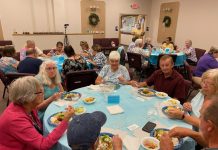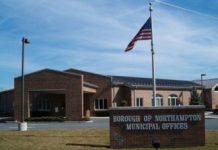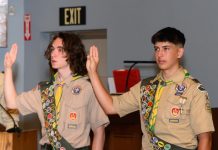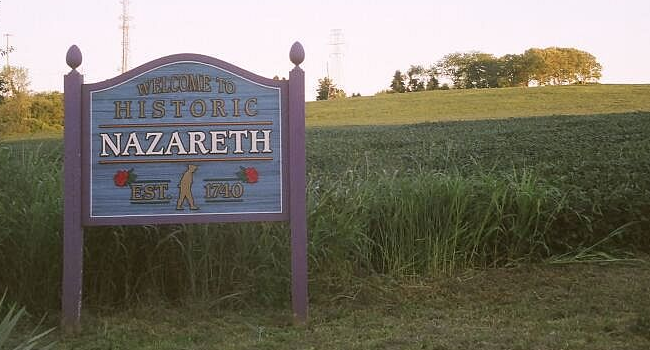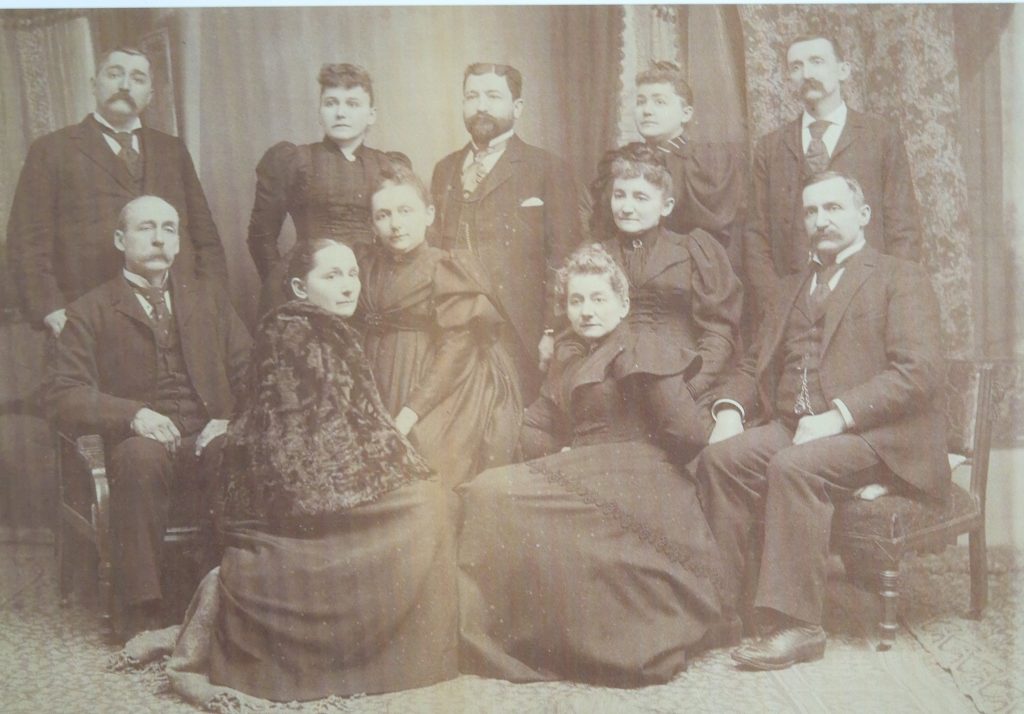
The large brick structure, now the Weaversville Hotel, was built by Samuel Weaver and was occupied by the large Weaver family.
The family remained the most prominent family in the village. Their tannery processed hides into useful leather products. There was a grist mill, where farmers patiently waited until their wheat and corn were ground into flour and feed for their livestock.
On the west side of Weaversville Road was a frame building housing the Weaver General Store and post office. Both Samuel Weaver and his son William were postmasters. The store and post office provided needed services for residents and local farmers.
In 1878, one would see horse-drawn wagons and buggies moving people, grain, freight and produce. A stage transported students from Catasauqua’s railroad station to the Weaversville Academy.
St. John’s Howertown Church (Lutheran and Reformed) was the house of worship for many Weaversville residents. Old-timers I have interviewed recall Amish-style shelters used by residents to shelter their horses. Many local residents walked to church — rain or shine. Weaversville Academy students also worshipped at the church. More than 150 students at the academy helped invigorate the small village.
In 1846, Samuel and Thomas Weaver organized a Sunday school at St. John’s Church. Thomas Weaver served as school superintendent. Ms. Jane Weaver was the first Sunday school teacher.
The year 1874 saw some significant changes in Weaversville. Slowly, the Weavers were leaving the village. The former store and post office became the Horner-Brown store. The new postmaster was John Horner, a descendant of one of the early settlers from the old Scotch Irish settlement.
The grist mill continued to operate. The stately home constructed by Samuel Brown was sold, and its new owner converted the building into the Fountain Hotel.
One of the last Weavers to leave was Dr. Samuel Weaver. He began his studies at Jefferson Medical College in Philadelphia. As the youngest in his class, he graduated in 1872 as a doctor of medicine. The young doctor returned to Weaversville and opened an office at his home on Walnut Street.
In 1883, he moved his practice from Weaversville to Bethlehem. He married Mary Jane Weaver in 1872.
The Weaver family made numerous contributions to Weaversville. They named, developed and nurtured the village they loved. Their sons served the nation during the Revolutionary War, War of 1812, Civil War, Spanish-American War, World War I and World War II.
Early advocates of education, they were founders of the Weaversville Academy, a forerunner of our high schools today.
A family of faith, they were active members of St. John’s Union Church. Many family members rest in peace at the Greenwood Cemetery at St. John’s Church.
The Weavers are gone from Weaversville. Sadly, their impact on local history has faded into our cherished past.
In two weeks, we will be speaking to Margie Jenkins.

